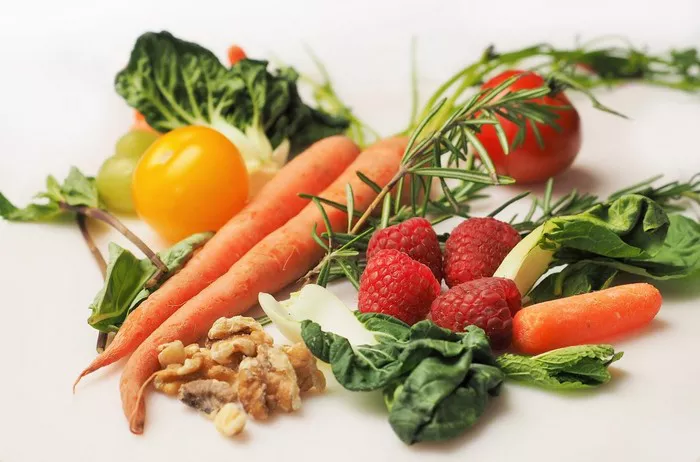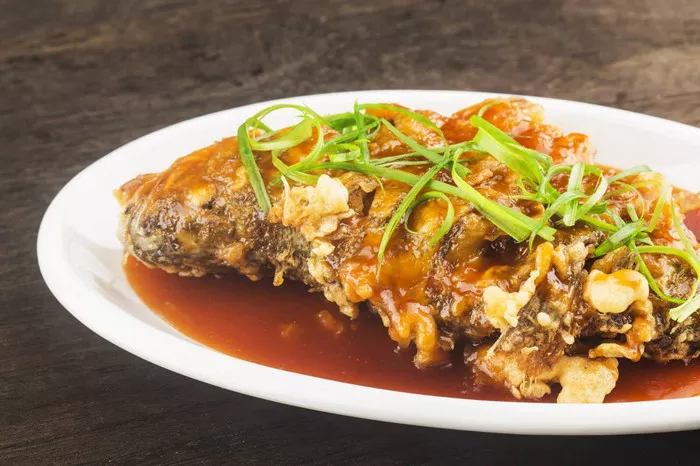Menstrual cramps are a common and often painful part of the menstrual cycle that many women experience each month. While various remedies can help alleviate the discomfort, the role of diet in managing menstrual cramps is often overlooked. This article will explore how food can impact menstrual cramps, offer recommendations for what to eat and avoid, and provide practical tips and sample meal ideas to help you incorporate these foods into your daily diet.
Explanation of How Food Can Impact Menstrual Cramps
The food you consume can significantly impact menstrual cramps due to its influence on inflammation, hormone balance, and nutrient levels in the body. Inflammation is a key contributor to menstrual pain, as it can exacerbate the contraction of the uterus. Certain foods, particularly those high in sugar and unhealthy fats, can increase inflammation in the body, worsening cramps. On the other hand, foods rich in anti-inflammatory properties can help reduce inflammation and ease pain.
Hormonal balance is another crucial factor. Diets high in refined sugars and processed foods can lead to hormonal imbalances, contributing to more severe cramps. Nutrient deficiencies, particularly in minerals like magnesium, calcium, and vitamins B and D, can also play a role in the intensity of menstrual cramps. Ensuring that your diet is rich in these nutrients can help support hormone regulation and reduce discomfort during your period.
SEE ALSO: What Healthy Carbs Can I Eat
Food Recommendations
Foods to Eat
Anti-inflammatory Foods:
Incorporating anti-inflammatory foods into your diet can help reduce the severity of menstrual cramps. These foods include:
Fatty Fish: Salmon, mackerel, and sardines are rich in omega-3 fatty acids, which have been shown to reduce inflammation and relieve period pain.
Leafy Greens: Spinach, kale, and Swiss chard are packed with vitamins and minerals, including magnesium, which can help relax the muscles of the uterus and ease cramps.
Ginger: Known for its anti-inflammatory properties, ginger can be added to teas or meals to help alleviate menstrual pain.
Turmeric: This spice contains curcumin, a powerful anti-inflammatory compound that can reduce menstrual discomfort.
Berries: Blueberries, strawberries, and raspberries are rich in antioxidants and anti-inflammatory properties, making them excellent choices during your period.
Nutrient-Rich Foods:
Ensuring that your diet is rich in essential nutrients can help support overall menstrual health and reduce cramps. Important nutrients include:
Iron-Rich Foods: Iron levels can drop during menstruation, leading to fatigue and worsening cramps. Incorporate iron-rich foods like lean red meat, lentils, and spinach into your diet to replenish your iron stores.
Calcium: Calcium helps regulate muscle function and can reduce the severity of cramps. Dairy products, fortified plant-based milks, tofu, and almonds are excellent sources of calcium.
Magnesium: Magnesium relaxes the muscles and can help alleviate menstrual cramps. Foods high in magnesium include nuts, seeds, dark chocolate, and whole grains.
Vitamins B and D: Vitamin B6 can help reduce bloating and mood swings, while vitamin D plays a role in hormone regulation. Foods rich in these vitamins include eggs, fortified cereals, and fatty fish.
Hydrating Foods:
Staying hydrated is crucial for minimizing bloating and discomfort during menstruation. Water-rich fruits and vegetables are excellent for hydration and can also provide essential nutrients.
Cucumbers: High in water content, cucumbers can help reduce bloating and keep you hydrated.
Watermelon: This fruit is not only hydrating but also provides a sweet treat that can satisfy sugar cravings without the negative effects of refined sugars.
Oranges: Rich in vitamin C and water, oranges can help reduce inflammation and keep you hydrated.
Salty Foods:
Excessive salt intake can cause water retention and bloating, making menstrual cramps more uncomfortable. Avoid salty snacks and processed foods high in sodium during your period.
Sample Meal Plans or Recipes
Breakfast: A smoothie made with spinach, banana, berries, and almond milk, blended with a tablespoon of ground flaxseed.
Lunch: A quinoa salad with mixed greens, grilled salmon, avocado, and a turmeric-infused dressing.
Snack: A handful of almonds and an orange.
Dinner: Stir-fried tofu with ginger, garlic, and a mix of steamed broccoli, bell peppers, and brown rice.
Dessert: A small piece of dark chocolate with a handful of fresh berries.
Additional Advice
Importance of Hydration
Drinking plenty of water throughout the day is essential for reducing bloating and easing menstrual cramps. Aim to drink at least 8 glasses of water daily, and consider adding hydrating foods like cucumbers and watermelon to your diet.
Regular Exercise
Engaging in moderate physical activity can help reduce menstrual cramps by improving circulation and releasing endorphins, which are natural painkillers. Even light activities like walking or yoga can be beneficial.
Getting Enough Sleep
Sufficient sleep is crucial for overall well-being, especially during menstruation. Aim for 7-9 hours of sleep each night to help your body recover and manage the stress associated with period pain.
Conclusion
One of our top tips to survive period cramps is to opt for light, nutrient-dense foods. These foods might help with abdominal pain during your period.Aside from choosing the right foods to eat during your period to avoid cramps, focus on having multiple, regular meals. Try not to skip meals, as feeling hungry will only worsen the cramping pains. Make sure to drink enough water, because dehydration adds to muscle spasms, resulting in more intense cramping. Be kind to your body during your period, get as much rest as you can, and stay comfortable whenever you don’t have to be active.
Related Topics:



























